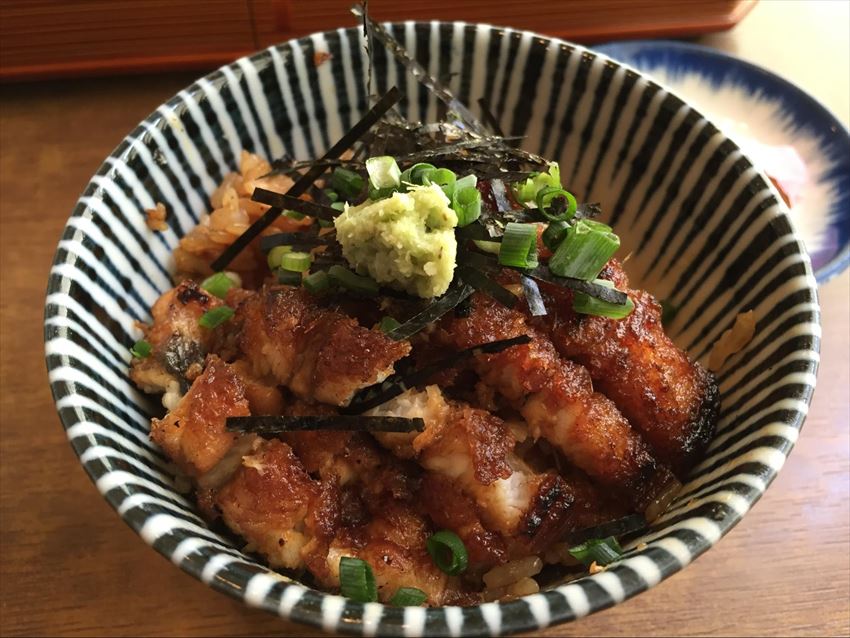
When we talk about Nagoya as a place to travel, many of us would immediately think of the Nagoya Castle as the symbol of the city and follow by Atsuda Shrine, one of the most important shrine in Japan’s history for its storage of the sacred sword of the Kusanaginotsurugi. However, that pretty much sums up the whole tourist scene for Nagoya. But what you also need to know is that travel involve of different experience, sightseeing, food, shopping…etc. While Nagoya might be lack of sightseeing attractions, the food scene here however, is phenomenon.
Food in Nagoya are so good that they have brought the city to fame as they earned its name- “Nagoya-Meshi”, which literally means Nagoya Food. There are even people who would travel all the way from Tokyo just to have a meal.
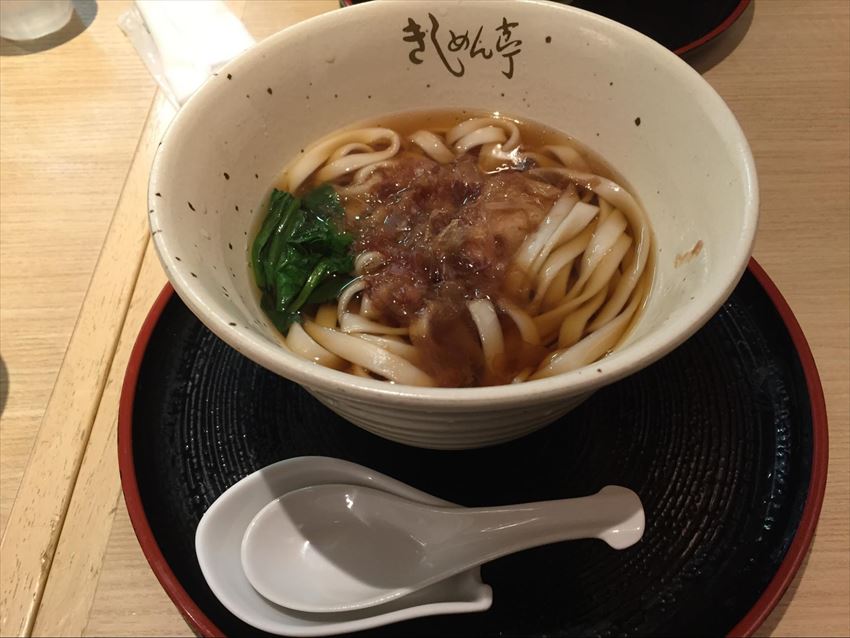
Kishi-men
So, what food are considered Nagoya-Meshi? Nagoya-Meshi are usually foods that are unique to the region and hard to find elsewhere, that includes, Tebasaki (chicken wings), Kishi-men (flatten udon), Ogura Toast (toast with red bean paste toppings and butter), Miso Katsu (fried cutlets with miso sauce) and Hitsumabushi (Eel rice). The total number of Nagoya-Meshi can go up to 30+ different kind of food and most of them shared a similarity of heavy taste and usually cooked with thick miso paste.
If you ask me to pick my favourite Nagoya Meshi, there is no doubt Hitsumabushi will take the first place and here I will have a little introduction of what Hitsumabushi is and why is it so different than other normal Unagi rice (eel rice). But before that, let me tell you where to go for a good Histumabushi in Nagoya.
One of the most famous Hitsumabushi restaurant in Nagoya is Houraiken, which has 4 branches in all located in Nagoya. The first Houraiken originated in 1873 and has set its root in Nagoya ever since. Be warned that there are always lineups for the restaurant so please make sure you have enough time for you next travel destination.
Now, it's time for Hitsumabushi!
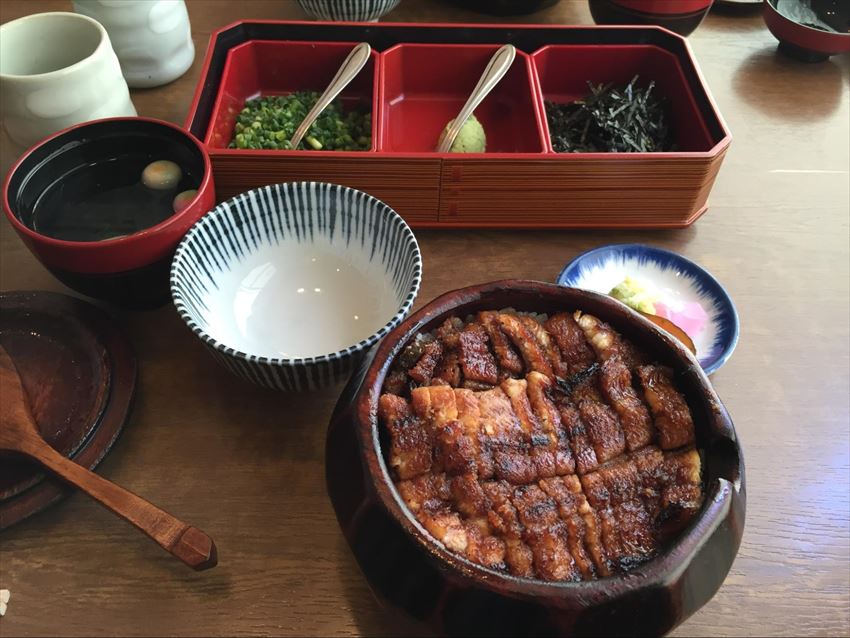
Unlike normal Unagi rice, it usually comes in a wooden bowl with eel rice inside, a pot of dashi and toppings of green onions, wasabi and seaweed. There comes the question, how should I start? There isn’t really a “correct” way of eating the dish but for all the first timers, it is best to follow the guide.
1. First, part the rice into 4 with your wooden spoon, scoop one portion of the eel rice into your normal bowl and eat it just without adding anything.
2. Once you are finished with the first portion, continue the same with the second except for this time, add wasabi, seaweed and green onion.
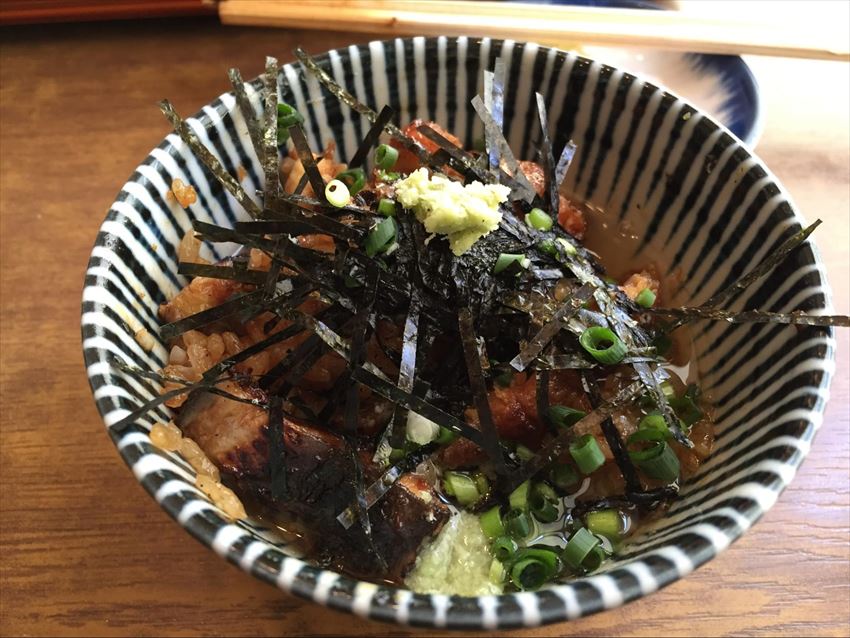
3. Third, after you finished your second bowl with the toppings, redo the second step and pour in the dashi (broth) into the rice to make a ochazuke.
4. Now that you are left with 1 portion of eel rice, the final step of the guide is to eat it the way you like most.
As I mentioned before, Houraiken is one of, perhaps my favourite restaurant in Nagoya and it is not cheap. One serving of normal Hitsumabushi costs around 3,600 yen and trust me, it is worth the price. So be sure to try it out when you have a chance to go to Nagoya and let us know about your experience with Hitsumabushi.
There are 4 Houraikens in total but here are the two which I think are easy to access. Especially after sightseeing at Atsuda-Jingu and near Sakae area.
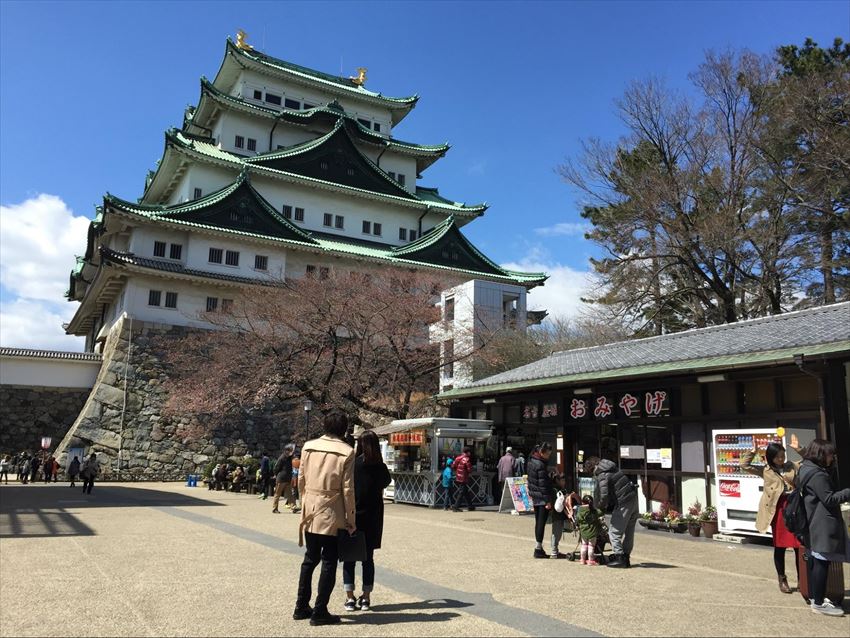
Atsuda-Houraiken, Jingu shop
- Hours: Lunch- 11:30~14:30(L.O)
Dinner- 16:30~20:30(L.O) - Closed on every Tuesday, Second and Fourth Monday of the month.
- Access: 3 minutes walk from Meijo-line, Tenmacho station, Exit #1
Atsuda-Houraiken, Matsusakaya shop
- Hours: Lunch -11:30~14:30(L.O)
Dinner- 16:30~20:30(L.O) - Weekends- 11:00~20:30(L.O)
- Access: 2 minutes walk from Meijo-line, Yabacho station, Exit #5 (Located at 10th floor of the department store)


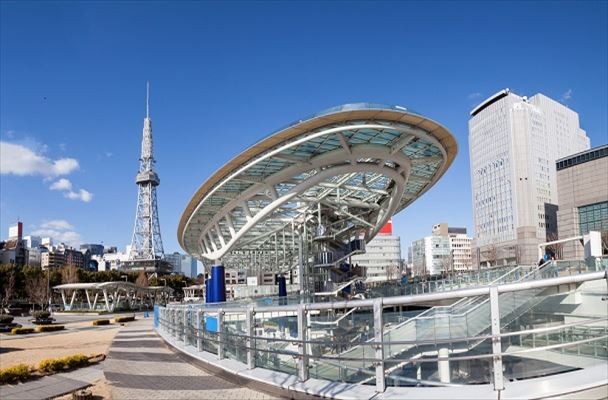
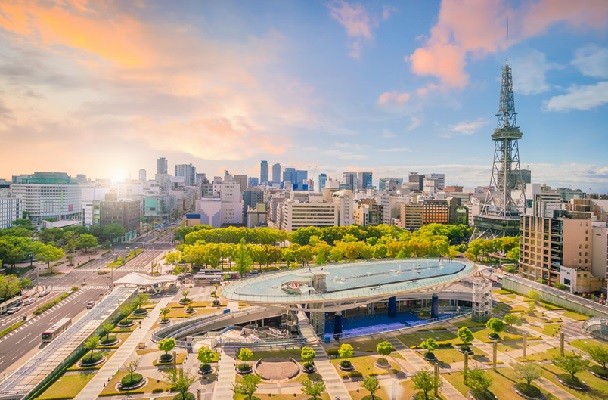
Comments